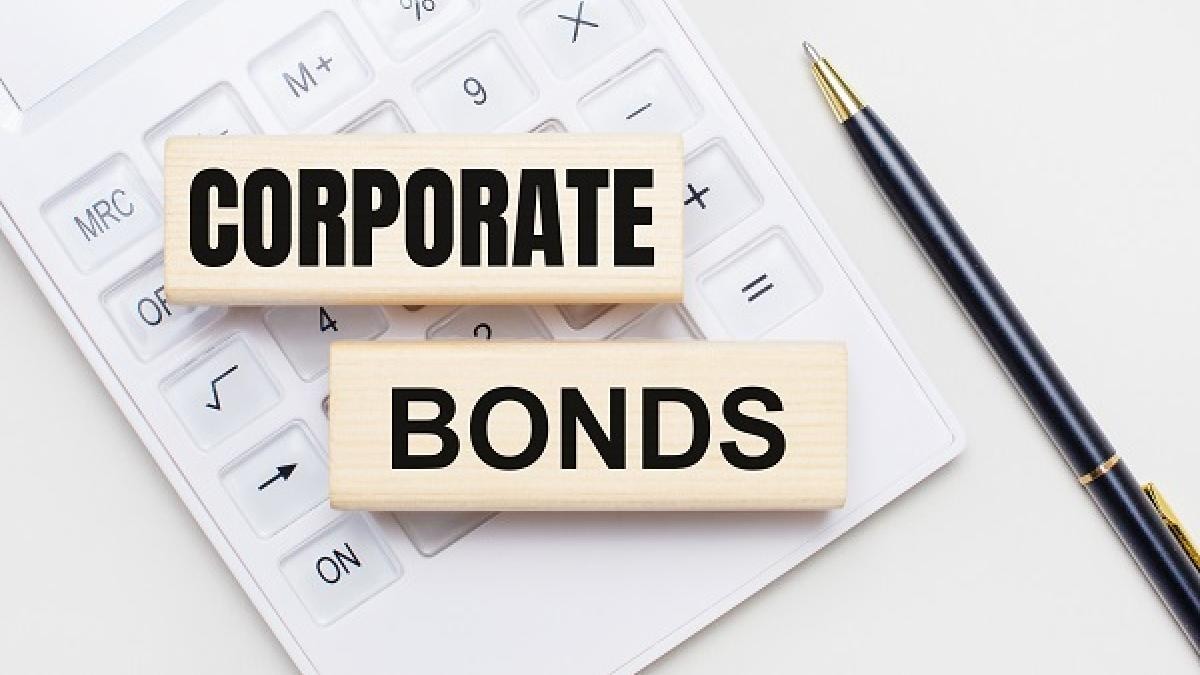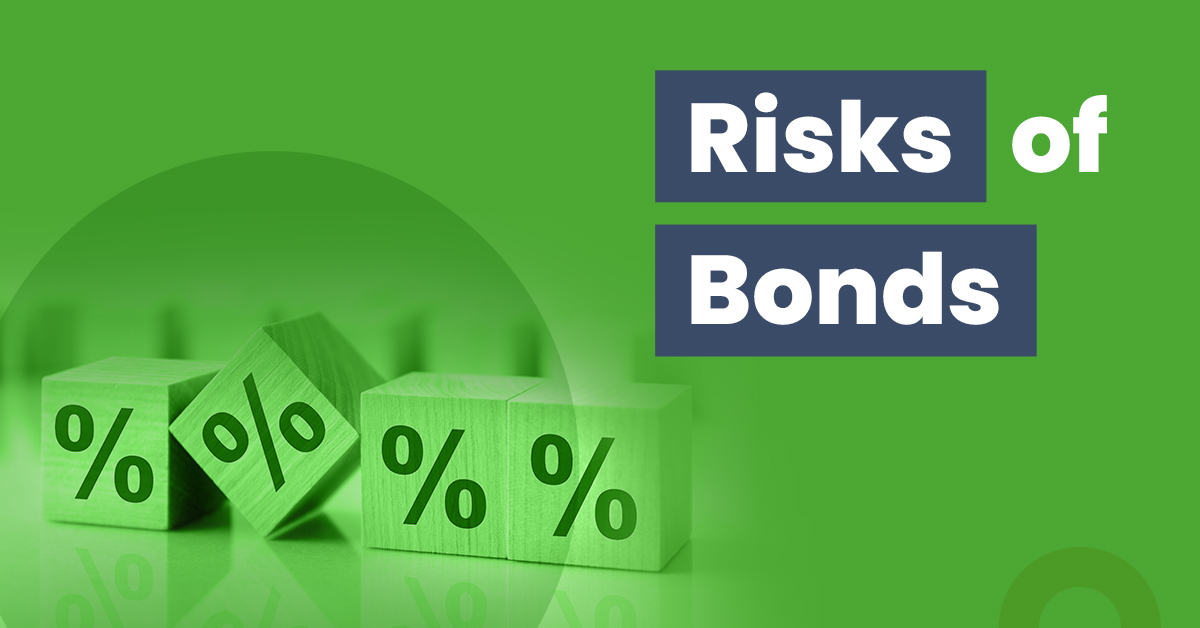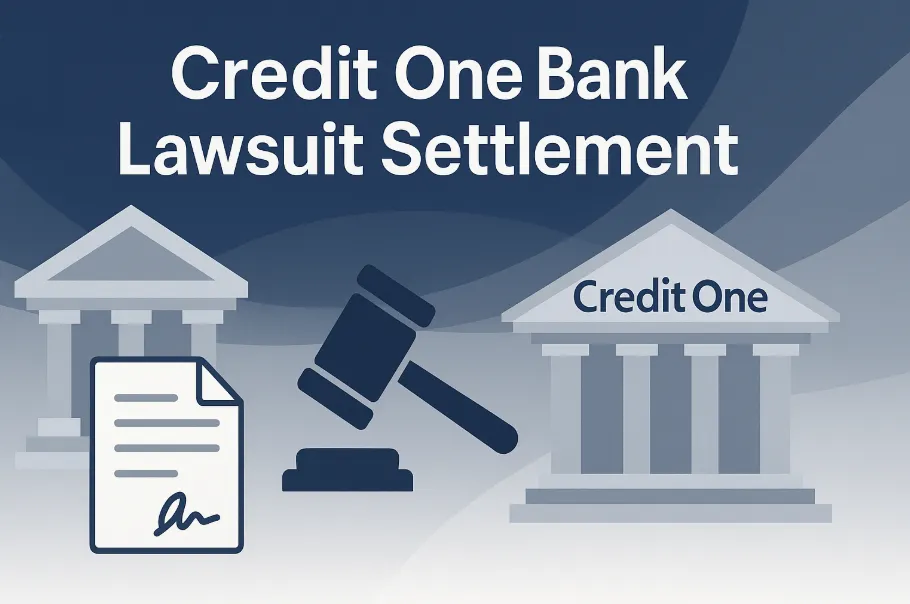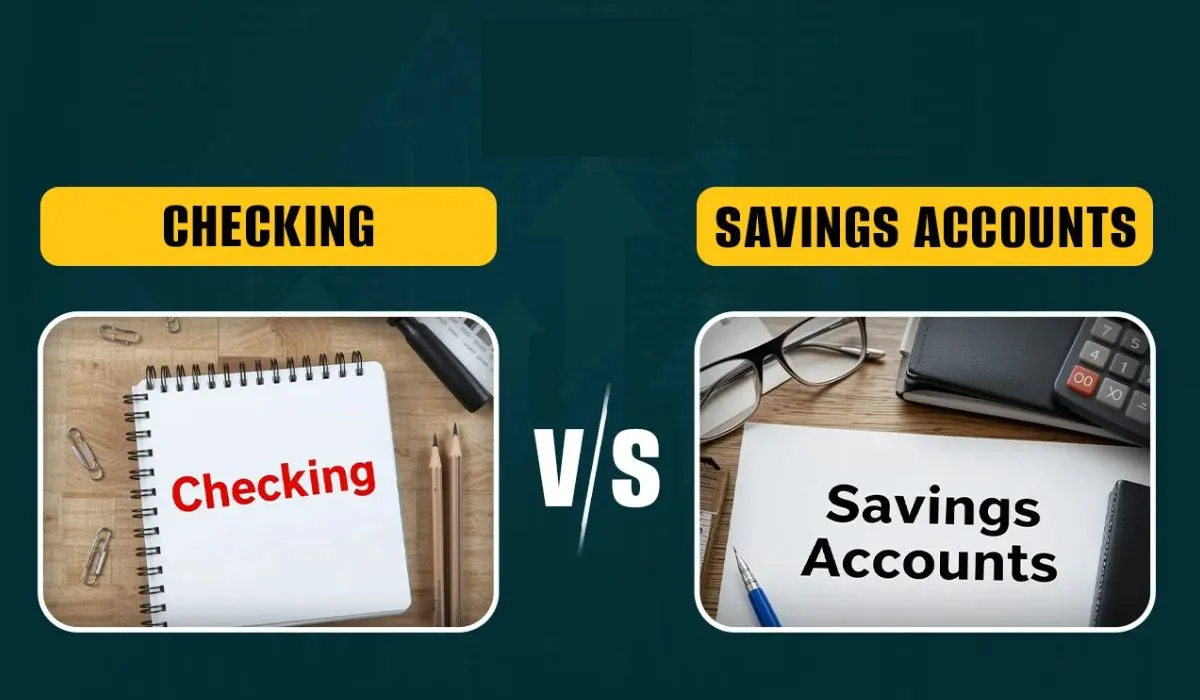Want to strengthen your portfolio’s risk-return profile? Adding bonds can create a more balanced portfolio by adding diversification and moderating volatility. But the bond market may seem alien even to the most experienced investors.
Many investors make only fleeting ventures into bonds because they are bewildered by the apparent complexity of the bond market and the terminology. In reality, bonds are very simple debt instruments.
So how do you get into this portion of the market? How do bonds work? Get your start in bond investing by mastering these fundamental bond market terms.
How Do Bonds Work?
A bond is merely a borrowing taken out by a company. Instead of going to a bank, the company receives the money from investors who purchase its bonds. In exchange for the capital, the company pays an interest coupon, which is the annual interest rate paid on a bond expressed as a percentage of the face value. The company pays the interest at predetermined intervals (usually annually or semiannually) and returns the principal on the maturity date, terminating the loan.
Unlike equities, bonds can vary considerably based on the provisions of their indenture, a legal document detailing the characteristics of the bond. Because each bond issue is distinct, it is necessary to grasp the precise terms before investing. In particular, there are six essential features to look for when contemplating a bond.
Types of Bonds
Corporate Bonds

Corporate bonds refer to the debt securities that companies issue to pay their expenses and raise capital. The yield of these bonds depends on the creditworthiness of the company that issues them. The riskiest bonds are known as “junk bonds,” but they also offer the highest returns. Interest from corporate bonds is subject to both federal and local income taxation.
Sovereign Bonds
Sovereign bonds, or sovereign debt, are debt securities issued by national governments to defray their expenses. Because the issuing governments are very unlikely to default, these bonds typically have a very high credit rating and a relatively low yield.
In the United States, bonds issued by the federal government are called Treasuries, while those issued by the United Kingdom are called gilts. Treasuries are exempt from state and local tax, although they are still subject to federal income tax.
Municipal Bonds
Municipal bonds, or munis, are bonds issued by local governments. Contrary to what the name suggests, this can refer to state and county debt, not just municipal debt. Municipal bond income is not subject to most taxes, making them an attractive investment for investors in higher tax brackets.3
Key Terms
Maturity
This is the date when the principal or par amount of the bond is paid to investors and the company’s bond obligation terminates. Therefore, it defines the duration of the bond.
A bond’s maturity is one of the primary considerations that an investor considers against their investment objectives and horizon. Maturity is often classified in three ways:
Short-term: Bonds that fall into this category tend to mature in one to three years.
Medium-term: Maturity dates for these categories of bonds are normally four to 10 years.
Long-term: These bonds generally mature over more than 10 years.
Secured/Unsecured

A bond can be secured or unsecured. A secured bond pledges specified assets to bondholders if the company cannot satisfy the obligation. This asset is also termed collateral on the loan. If the bond issuer defaults, the asset is then transferred to the investor. A mortgage-backed security (MBS) is one form of secured bond guaranteed by titles to the residences of the debtors.
Unsecured bonds, on the other hand, are not supported by any collateral. This means that the interest and principal are only guaranteed by the issuing company. Also called debentures, these instruments return little of your investment if the company fails. As such, they are much riskier than secured bonds.
Liquidation Preference
When a firm goes insolvent, it repays investors in a particular order as it liquidates. After a firm sells off all its assets, it begins to pay out its investors. Senior debt is debt that must be paid first, followed by junior (subordinated) debt. Stockholders get whatever is left.
Coupon
The coupon amount represents interest paid to bondholders, normally annually or semiannually. The coupon is also termed the coupon rate or nominal yield. To calculate the coupon rate, divide the annual payments by the face value of the bond.
Tax Status
While the majority of corporate bonds are taxable investments, some government and municipal bonds are tax-exempt, so income and capital gains are not subject to taxation. Tax-exempt bonds normally have lower interest than equivalent taxable bonds. An investor must calculate the tax-equivalent yield to compare the return with that of taxable instruments.
Callability
Some bonds can be paid off by an issuer before maturity. If a bond has a call provision, it may be paid off at earlier dates, at the discretion of the company, usually at a minor premium to par. A company may choose to call its bonds if interest rates enable them to borrow at a higher rate. Callable bonds also appeal to investors, as they offer higher coupon rates.
Risks of Bonds

Bonds are a fantastic method to earn income because they tend to be relatively secure investments. But, just like any other investment, they do come with certain hazards. Here are some of the most common hazards with these investments.
Interest Rate Risk
Interest rates share an inverse relationship with bonds, so when rates rise, bonds tend to decline, and vice versa. Interest rate risk occurs when rates change significantly from what the investor expected.
If interest rates decline significantly, the investor confronts the possibility of prepayment. If interest rates rise, the investor will be left with an instrument yielding below market rates. The greater the time to maturity, the greater the interest rate risk an investor endures, because it is tougher to foresee market developments further into the future.
Credit/Default Risk
Credit or default risk is the risk that interest and principal payments due on the obligation will not be made as required. When an investor acquires a bond, they expect that the issuer will make good on the interest and principal payments—just like any other creditor.
When an investor looks into corporate bonds, they should balance out the possibility that the company may default on the debt. Safety usually means the company has greater operating income and cash flow compared to its debt. If the inverse is true and the debt outweighs available cash, the investor may want to steer away.
Prepayment Risk
Prepayment risk is the risk that a given bond issue will be paid off earlier than anticipated, normally through a call provision. This can be poor news for investors because the company only has an incentive to redeem the obligation early when interest rates have declined substantially. Instead of continuing to retain a high-interest investment, investors are left to reinvest funds in a lower-interest-rate environment.
Bond Ratings
Most bonds come with a rating that outlines their quality of credit—that is, how strong the bond is and its ability to pay its principal and interest. Ratings are published and used by investors and professionals to evaluate their worthiness.
Agencies
The most commonly cited bond rating agencies are Standard & Poor’s, Moody’s Investors Service, and Fitch Ratings. They rate a company’s capacity to repay its obligations. Each rating agency has a distinct scale. For S&P, investment grade ranges from AAA to BBB. These are the healthiest bonds with the lowest risk. This means they are unlikely to default and tend to remain stable investments.
Bonds rated BB or below are speculative bonds, also known as junk bonds—default is more likely, and they are more speculative and subject to price volatility.
Firms will not have their bonds rated, in which case it is solely up to the investor to assess a firm’s repayment ability. Because the rating systems differ for each agency and change from time to time, research the rating definition for the bond issue you are contemplating.
Bond Yields

Bond yields are all metrics of return. Yield to maturity is the measurement most often used, but it is essential to understand several other yield measurements that are used in certain situations.
Yield to Maturity (YTM)
As indicated above, yield to maturity (YTM) is the most commonly cited yield measurement. It measures what the return on a bond is if it is held to maturity and all coupons are reinvested at the YTM rate. Because it is unlikely that coupons will be reinvested at the same rate, an investor’s actual return will differ marginally.
Calculating YTM by hand is a protracted procedure, so it is recommended to use Excel’s RATE or YIELDMAT functions (starting with Excel 2007). A basic function is also available on a financial calculator.
Current Yield
The current yield can be used to compare the interest income provided by a bond to the dividend income provided by a stock. This is calculated by dividing the bond’s annual coupon by the bond’s current price.
Keep in mind, this yield incorporates only the income portion of the return, disregarding potential capital gains or losses. As such, this yield is most beneficial for investors concerned with current income only.
Nominal Yield
The nominal yield on a bond is merely the percentage of interest to be paid on the bond periodically. It is calculated by dividing the annual coupon payment by the par or face value of the bond.
It is important to observe that the nominal yield does not estimate return accurately unless the current bond price is the same as its par value. Therefore, nominal yield is used only for calculating other measures of return.
Yield to Call (YTC)
A callable bond always carries some probability of being called before the maturity date. Investors will realize a marginally higher yield if the called bonds are paid off at a premium.
An investor in such a bond may desire to know what yield will be realized if the bond is called at a particular call date, to determine whether the prepayment risk is worthwhile. It is simplest to calculate the yield to call using Excel’s YIELD or IRR functions, or with a financial calculator.
Read Also: Importance of Interest in Savings Accounts
Realized Yield
The realized yield of a bond should be calculated if an investor intends to hold a bond only for a certain period of time, rather than to maturity. In this circumstance, the investor will sell the bond, and this projected future bond price must be estimated for the calculation.
Because future prices are challenging to predict, this yield measurement is only an estimation of return. This yield calculation is best performed using Excel’s YIELD or IRR functions, or by using a financial calculator.
How Bonds Pay Interest
There are two methods that bondholders receive payment for their investment. Coupon payments are the periodic interest payments over the lifespan of a bond before the bond can be redeemed for par value at maturity.
Some bonds are structured uniquely. Zero-coupon bonds are bonds with no coupon—the only payment is the face-value redemption at maturity. Zeros are usually sold at a discount from face value, so the difference between the purchase price and the par value can be computed as interest.
Convertible bonds are a form of hybrid security that incorporates the properties of bonds and equities. These are ordinary, fixed-income bonds, but they can also be converted into equity of the issuing company. This adds an extra opportunity for profit if the issuing company demonstrates significant gains in its share price.










